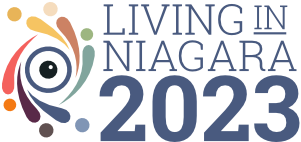Health planning: In 2006, the Ministry of Health and Long-Term Care divided the province into 14 regions, more commonly known as Local Health Integration Networks (LHIN) so that people living locally were able to plan, fund and integrate health services in their own communities (Ministry of Health and Long Term Care). LHINs do not provide services; their role is to ensure there is access to the right services in the right place at the right time. Niagara is a large part of the geography of our LHIN. The HNHB LHIN uses a population-based approach to health services planning and to monitor and respond to specific health care needs of over 1.4 million residents in Haldimand, Niagara, Hamilton, and Brant (Hamilton Niagara Halton Brant LHIN). The HNHB – LHIN is responsible for more than 200 health service provider groups that together provide more than 230 health programs with a focus on system integration; client access and outcomes; financial health and system sustainability; and organizational health. The Living in Niagara report is designed to examine Niagara specific indicators; however, an understanding of how government provides and plans access to services, not currently provided in the Niagara CMA, but provided within our LHIN geographic area is important. Client access, timeliness and outcomes are monitored against targets and baseline data on key performance indicators. Below are the key indicators as outlined by the LHIN for Niagara, with their established target days, baseline, most recent data and if the trend is decreasing, increasing or remaining the same.









